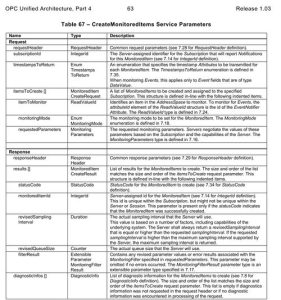How to Describe Tone of Voice: A Detailed Guide
Understanding the tone of voice is crucial in various aspects of communication, whether it’s in writing, speaking, or even in social interactions. The tone of voice can convey emotions, intentions, and attitudes, making it an essential element in effective communication. In this article, we will delve into the intricacies of describing the tone of voice, exploring different dimensions and providing practical examples.
What is Tone of Voice?

The tone of voice refers to the manner in which words are spoken or written, conveying the speaker’s or writer’s attitude, emotions, and intentions. It is the emotional coloration of the message, which can be positive, negative, neutral, or ambiguous. The tone of voice can be influenced by various factors, such as the context, the relationship between the speaker and the listener, and the purpose of the communication.
Dimensions of Tone of Voice

Describing the tone of voice involves examining several dimensions, which can be categorized into the following:
- Emotional Tone
- Formal vs. Informal
- Positive vs. Negative
- Objective vs. Subjective
- Direct vs. Indirect
Emotional Tone

The emotional tone of voice refers to the feelings or emotions conveyed through the words. It can range from happiness and excitement to sadness and anger. Here are some examples:
| Emotion | Example |
|---|---|
| Happiness | “I’m thrilled to hear about your promotion!” |
| Excitement | “Let’s go on an adventure!” |
| Sadness | “I’m really sorry to hear about your loss.” |
| Anger | “This is unacceptable!” |
Formal vs. Informal
The level of formality in the tone of voice can vary depending on the context and the relationship between the speaker and the listener. Here’s a comparison between formal and informal tones:
| Formal Tone | Informal Tone |
|---|---|
| “Dear Mr. Smith, I would like to discuss the project with you.” | “Hey, wanna talk about the project?” |
| “Please submit your report by the end of the week.” | “Can you get that report to me by Friday?” |
Positive vs. Negative
The tone of voice can be positive or negative, depending on the message being conveyed. Here are some examples:
| Positive Tone | Negative Tone |
|---|---|
| “I appreciate your hard work and dedication.” | “You really need to improve your performance.” |
| “This product is amazing!” | “I’m disappointed with the quality of this product.” |
Objective vs. Subjective
The tone of voice can be objective or subjective, depending on the perspective of the speaker. Here’s a comparison between the two:
| Objective Tone | Subjective Tone |
|---|---|
| “The data shows that sales have increased by 20%.” | “I think the sales have improved significantly.” |
| “The report states that the project is on schedule.” | About The Author







